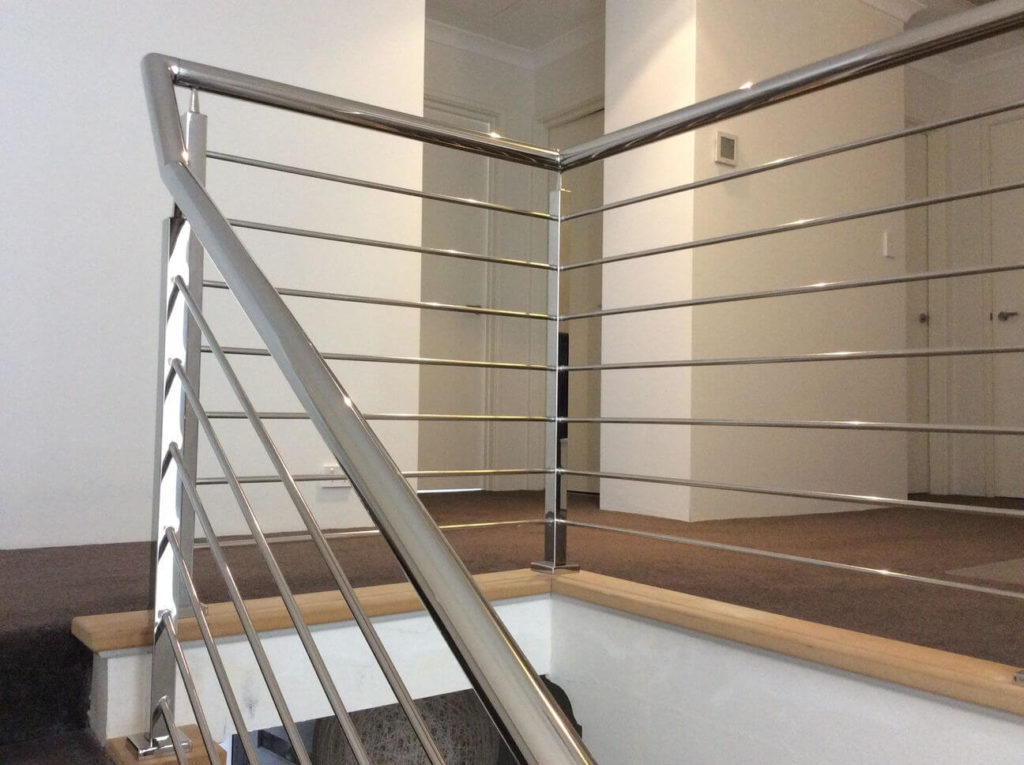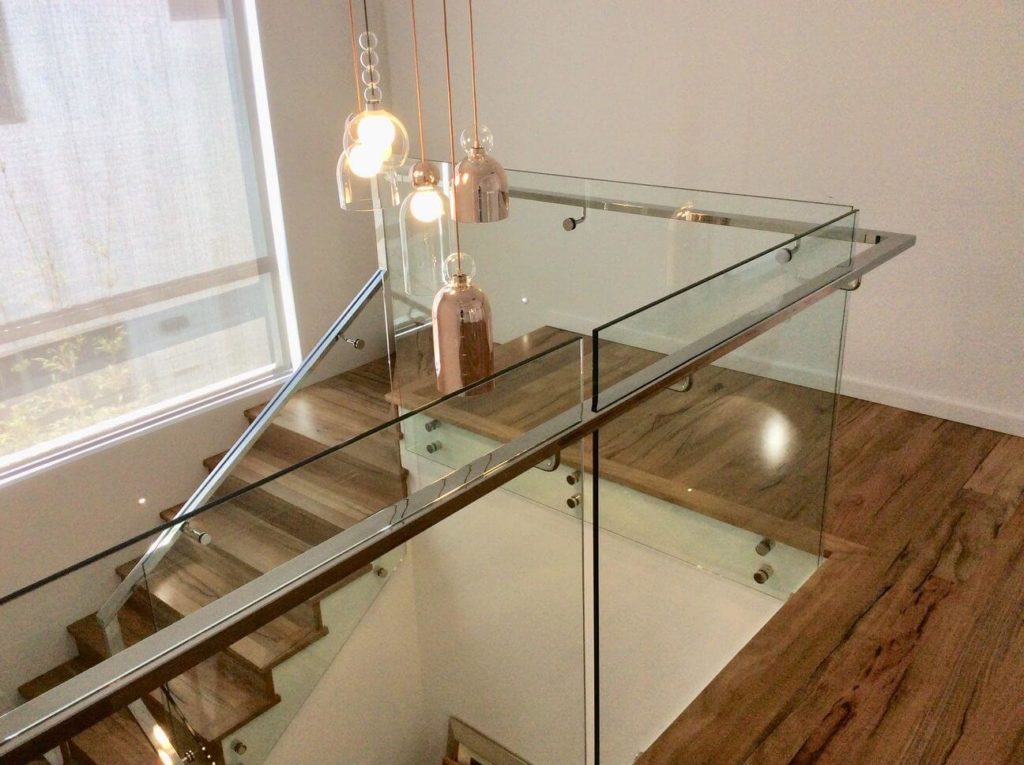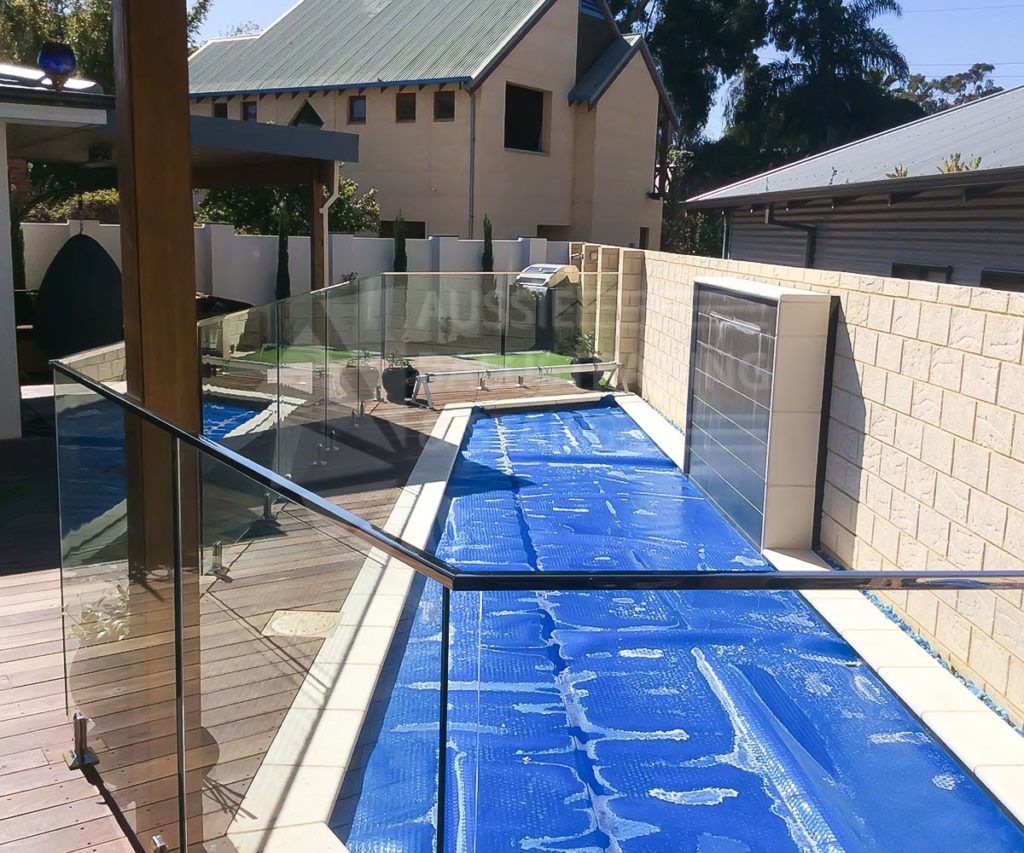Being specific about your building choices is necessary if you want to build a long-lasting home. You must be precise about the measurements, colour and material of every structure you plan to construct.
Stair railings generally have the same purpose, regardless of whether they’re indoor or outdoor fixtures in your property. However, the major difference of being exposed to the elements will require you to be more particular about your material options.
Choosing the right outdoor handrail material for your home
Although design, BCA-recommended railing height and colour options are essential factors to consider, your stair railings’ material is a much more significant decision. It dictates your handrail’s resistance against outdoor conditions. No one building material stands above the rest in terms of quality, but there are specific advantages and disadvantages you can consider for your particular property.
If you’re planning to build outdoor fixtures that need handrails, here are three materials you should consider:
1. Stay classy with wood railings
Many home builders who want a rustic look choose wood as a primary material for their home’s theme. Wood railings have a natural texture that fits any traditional home. Additionally, polishing it to a glossy finish can complement a more contemporary home. With a wide selection of options, such as cypress, maple, mahogany or oak, wood is a durable material that scores high in durability and aesthetic appeal.
However, wood’s natural composition makes it easily susceptible to different weather conditions. Although you can treat your wood railings with sealants and varnish, it will eventually deteriorate over time in an outdoor setting. It won’t just lose its finish but can also crack, making it a safety hazard for people who need to grab handrails for security.
2. Match your greenery with natural stone railings
If you want to impress your guests, natural stone railings can give your home a luxurious look. You can choose from marble, granite, or stone as excellent complements to your outdoors. It’s a perfect addition to your outdoors if you have a pre-existing lawn or garden. Stone materials can make your greenery pop out, especially if you plan to place it near flowering beds.
Like wood, natural stone has some degree of vulnerability that requires a sealant to prevent more porous stones from cracking within. Additionally, these materials need professionals to install them since they are heavier and require special fasteners.
3. Choose durability with metal railings
If you prioritise durability, steel handrails for outdoor steps and verandas could be the option you’re looking for. Like stainless steel and wrought iron, metal railings are popular among homeowners since they require less maintenance, unlike other outdoor building materials. Although they’ll still need waterproofing, you don’t have to check and treat them for damages regularly.
These fabricated hollow rods are much lighter than wood or natural stone. They’re also easy to match to your home’s colour palette and design. You can choose from practical vertical bars to more stylistic shapes and patterns with an Art Deco direction.
Conclusion
Planning your construction project’s materials will help you anticipate any potential problems in the future, from maintenance to repair duties. This is why you need to find the right materials that will fit the purpose of your structure. Ensure that you coordinate with reliable suppliers and capable home builders so that your outdoor extensions will have a seamless installation.
At Aussie Balustrading and Stairs, we install residential and commercial handrails in Perth. We ensure our clients that we can offer a wide selection of products and installation services for their needs. Contact our building experts today to learn more about how we can collaborate on your construction project!



